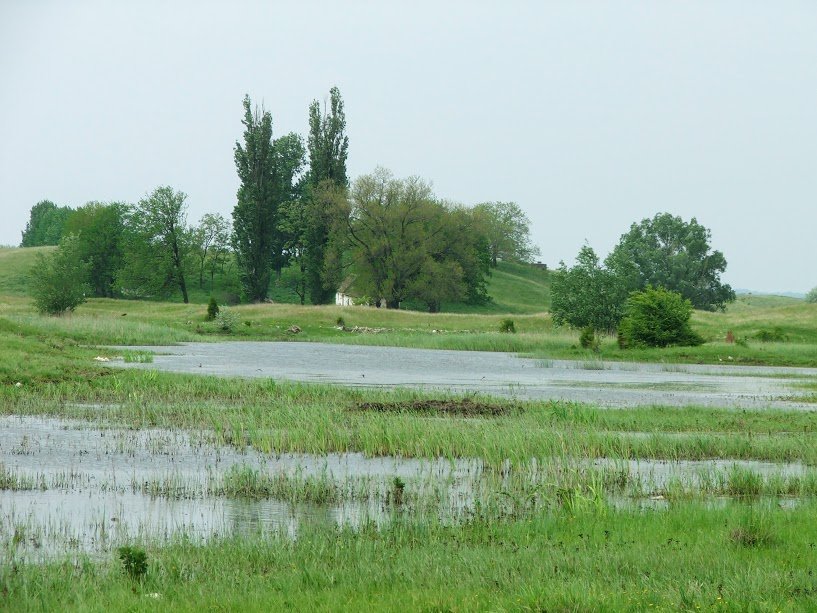
Stevanove Ravnice (cover photo) and the flooded mouth of the Karas River, Labudovo okno
Part of the Labudovo okno Ramsar Wetland and protected within the Deliblato Sands Special Nature Reserve, this section of the Danube, downriver from Belgrade, Serbia, is unique for its wide shallows, before the river narrows downstream from the village of Ram. In this area, floodwaters from the rising Iron Gates Dam have submerged the Karas River mouth (below) creating a spacious shallow lagoon (sometimes wrongly referred to as “bara Djurica”). The opposite bank lies about 3 km / 2 mi away, clearly marked with the medieval Ram fortress. Spotting scope is recommended.
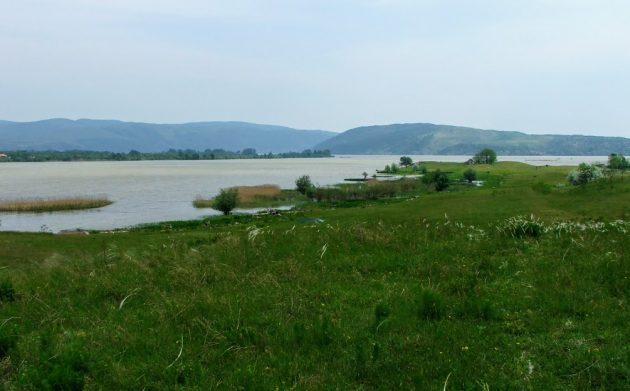 The former Karas River mouth (with the Danube in the background); photos (5) by Slobodan Puzovic
The former Karas River mouth (with the Danube in the background); photos (5) by Slobodan Puzovic
Birds to look for here are Greylag Goose, Smew and Goosander, Common Goldeneye, Pygmy Cormorant, Squacco and Purple Herons, Black Kite, Long-legged Buzzard, White-tailed and Booted Eagles, Black-winged Stilt, Black-tailed Godwit, Green and Wood Sandpipers, Whimbrel and Eurasian Curlew, Common and Caspian Gulls, Caspian Tern, three marsh terns (Black, White-winged and Whiskered), Black-throated Diver, European Bee-eater; Middle Spotted, Eurasian Green and Black Woodpeckers; Red-backed Shrike, Sand Martin, Eurasian Golden Oriole; Wood and Willow Warblers, Barred Warbler, etc.
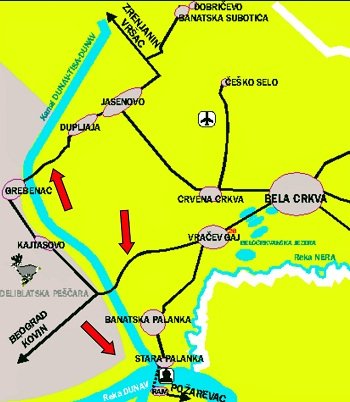 The lower arrow: Stevanove Ravnice and the flooded mouth of the former Karas River. The upper two arrows: Mali Pesak grazing pasture. On the left hand side, the grey area represents Deliblato Sands (Serbian: Deliblatska pescara).
The lower arrow: Stevanove Ravnice and the flooded mouth of the former Karas River. The upper two arrows: Mali Pesak grazing pasture. On the left hand side, the grey area represents Deliblato Sands (Serbian: Deliblatska pescara).
Getting there: From Belgrade (Serbian: Beograd) through Pancevo, Kovin and Dubovac. Stevanove Ravnice turn-off lie 9 kilometres / 5.5 mi northeast from Dubovac. The turn-off is about 1 km / 0.6 mi west of the bridge over the DTD canal (formerly Karas River) at the Dubovac – Vracev Gaj road, where a sandy track veers south and winds through a forested steppe for about 3 km / 2 mi until it reaches the bank of the Danube. Stick to the existing track and do not damage the sensitive vegetation by creating new sets of tracks!
When to visit: best during winter and migration season, but also breeding season. Avoid windy days – the birds will be looking for cover. The Danube being 3 km wide here has another, sad consequence: all floating rubbish is being wind-blown to this bank. Since no-one lives here, there is no organised rubbish collecting. The reserve authorities do not seem to care about it.
eBird list of the recorded species
Mali Pesak grazing pasture, Karas-Nera Reserve (greater Deliblato Sands area)
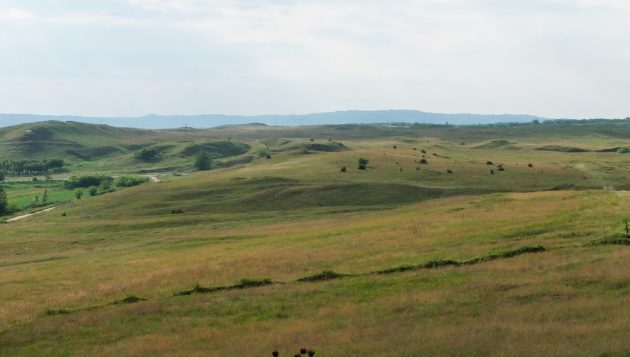
Mali Pesak grazing pasture represents the easternmost dunes of the Deliblato Sands dune system. Protected in 2015 as a part of the Karas-Nera Reserve, it consists of grassland on rolling sand dunes along the eastern bank of the DTD Canal.
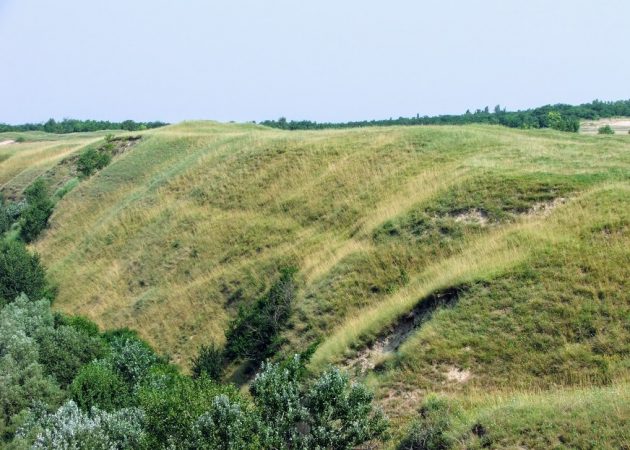
Very similar to Hatarica (1/1), characteristic birds of these dry and sunny areas are Eurasian Hoopoe, European Bee-eater, European Turtle Dove; Little Owl, Red-backed Shrike, Woodlark, Skylark and Crested Lark, Sand Martin, Barred Warbler, Northern Wheatear, Tawny and Tree Pipits, Icterine Warbler. Birds of prey include European Honey-buzzard, Long-legged Buzzard, Short-toed Eagle, Booted Eagle, Montagu’s Harrier, etc. During migration, European Roller was observed here.
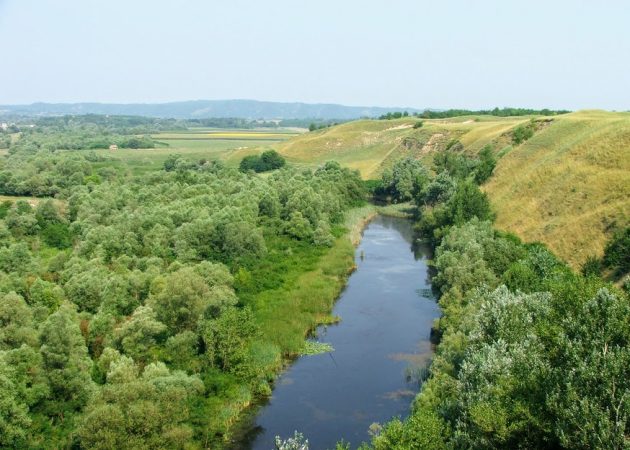
Getting there: The area is accessible from the (Kovin –) Dubovac to Vracev Gaj road, as well as from the Grebenac to Dupljaja road further north. Grassland driving is prohibited, park by the roadside and explore Mali Pesak on foot.
When to visit: best in breeding and migration seasons (April to June and late August-September).
eBird list of the recorded species
Dupljaja area
Vracev Gaj area
Previously,
Part 1/3: Deliblato Sands
Part 2/3: Labudovo okno











Leave a Comment